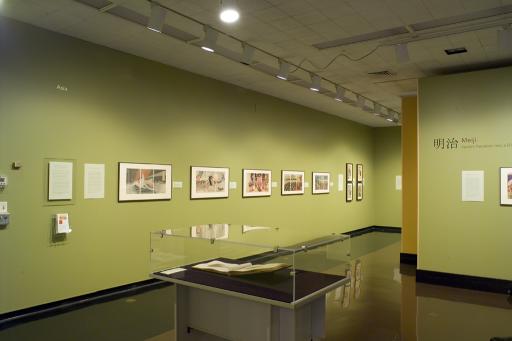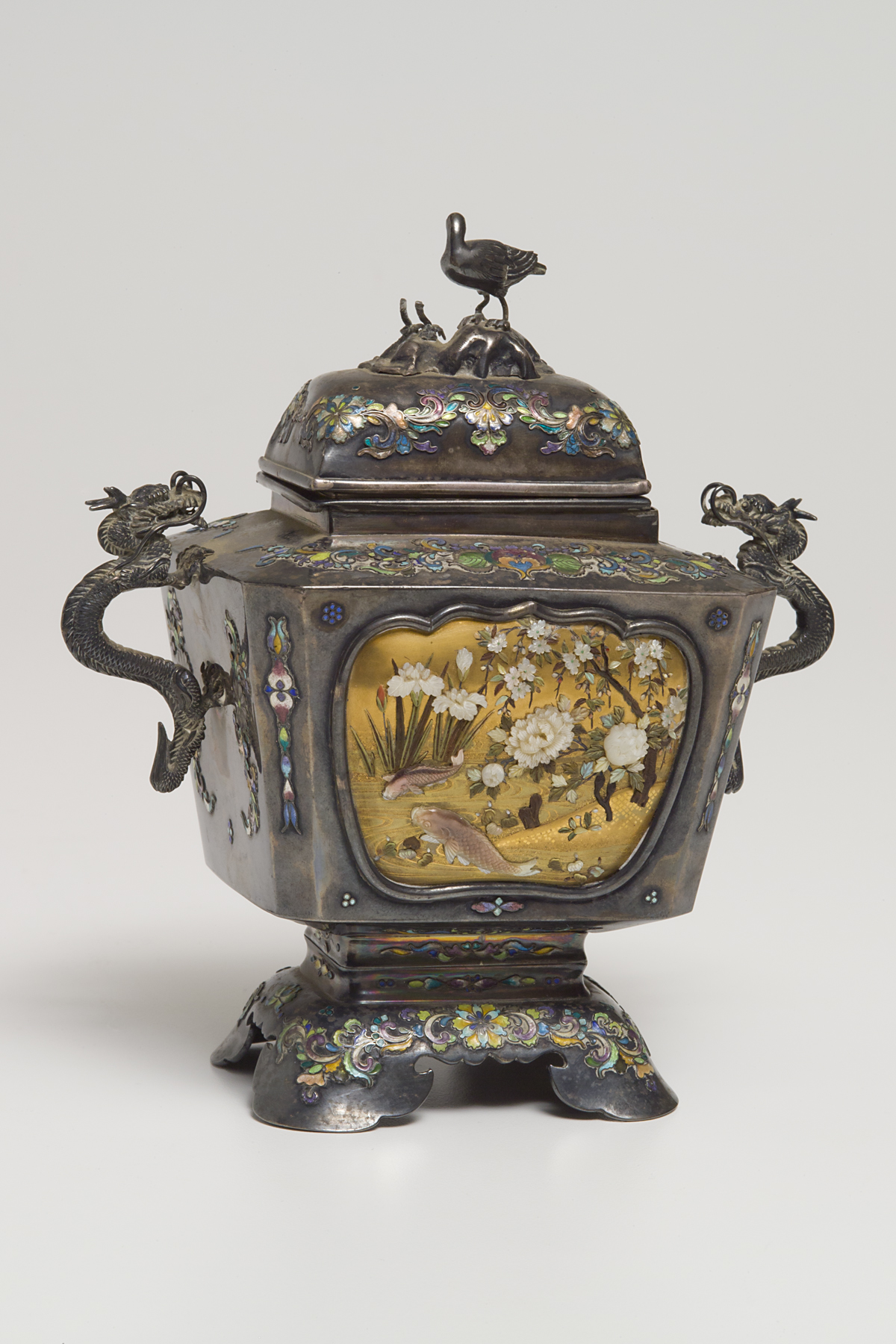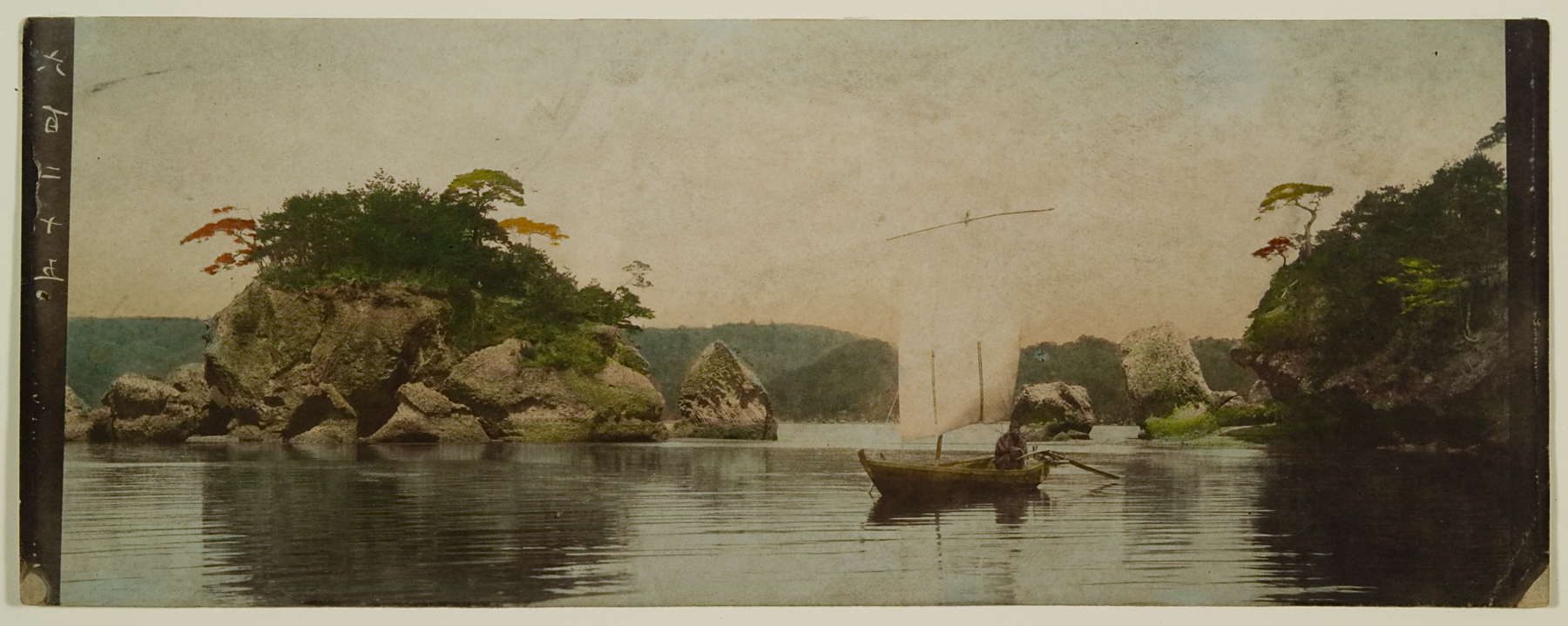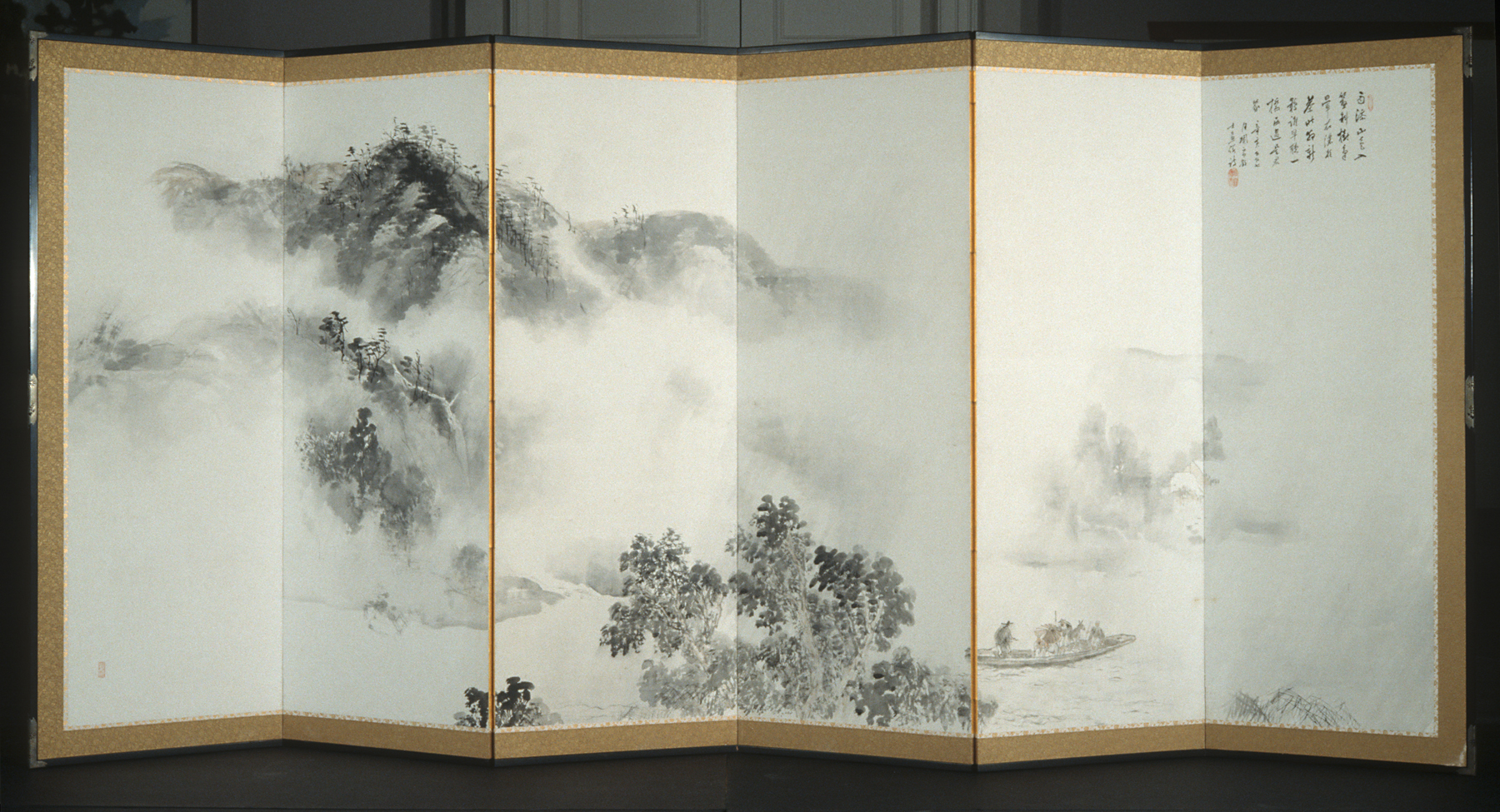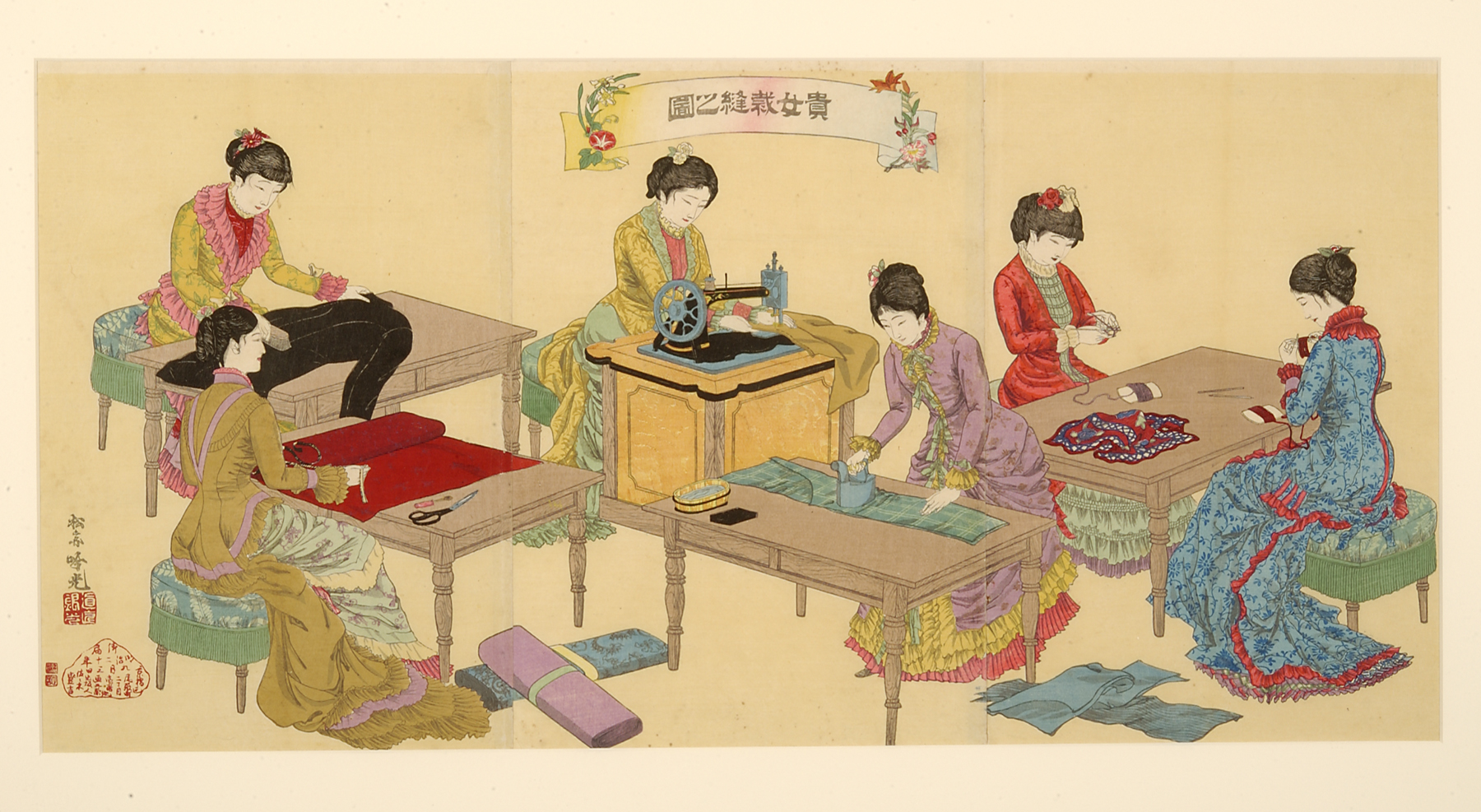Meiji: Japan's Transition into a Global Society
Exhibition Overview

The art of Japan’s Meiji period (1868-1912) reflects a story of transformation, adaptation, and rapid change set against a world of increasing globalization. Literally meaning “enlightened rule,” the Meiji period began after the forced opening of trade by American Commodore Matthew Perry and his fleet of “black ships” in 1853. After two and a half centuries of near isolation, the opening of Japan’s borders created both opportunity and internal conflict. To successfully transition into a world of growing globalization, Japan adopted many institutions and practices from Western nations, with the government employing foreign experts to assist in education and training of professionals, government officials, and the military. At the same time, many Japanese felt it crucial to maintain their traditions and culture in the face of rapid national transformations.
This exhibition was organized by guest curator Alison Miller, KU graduate student in art history.



